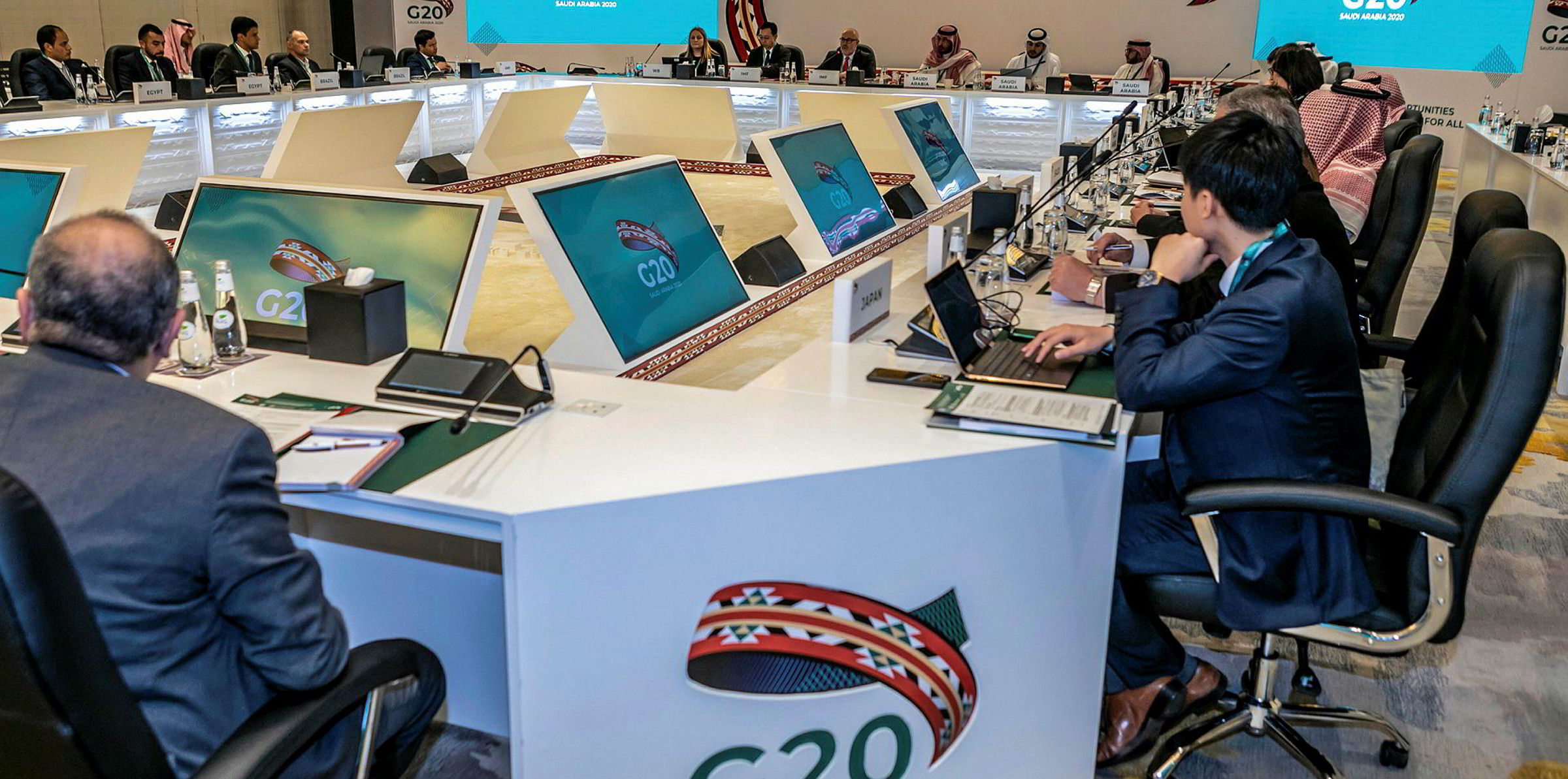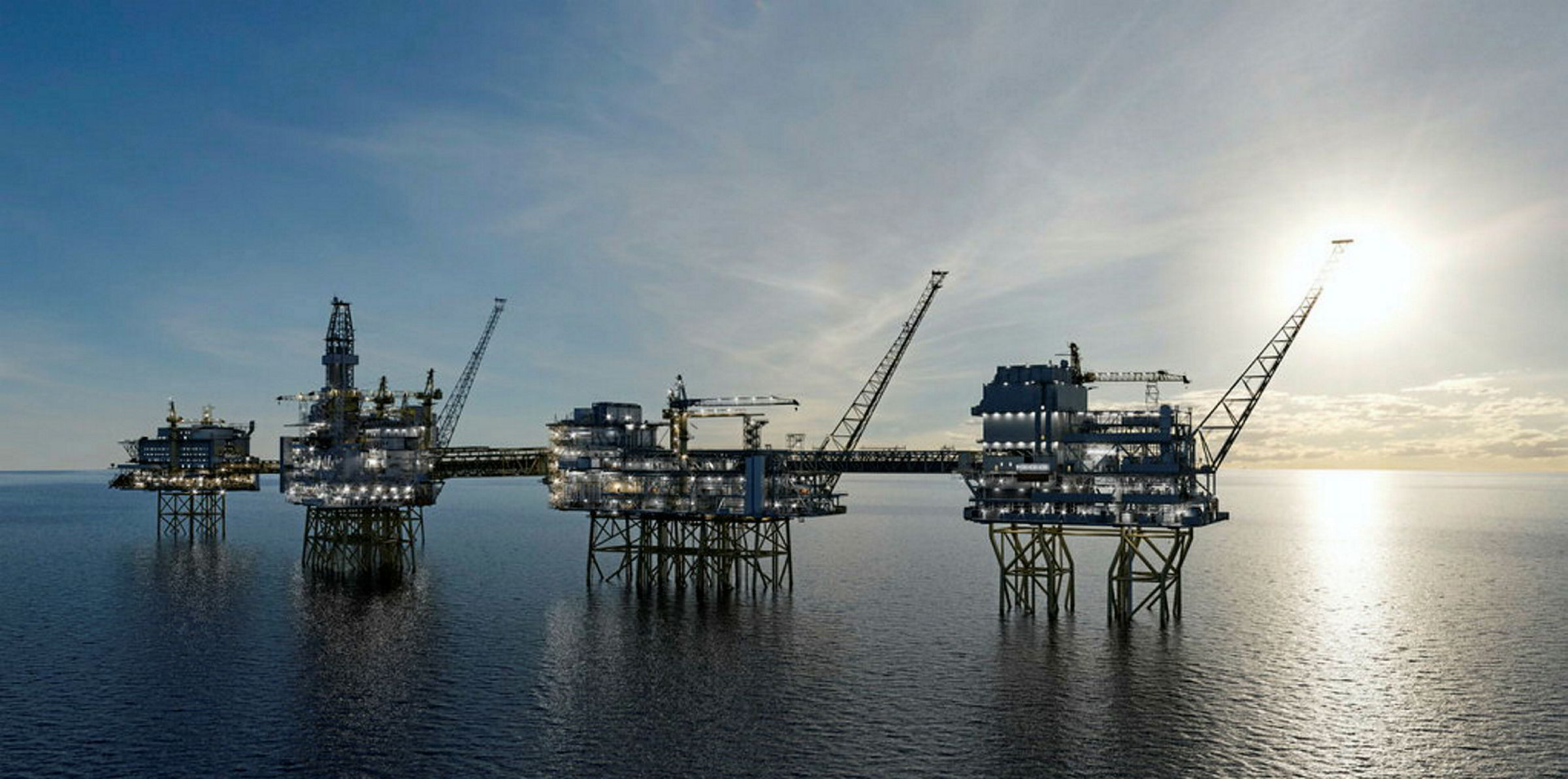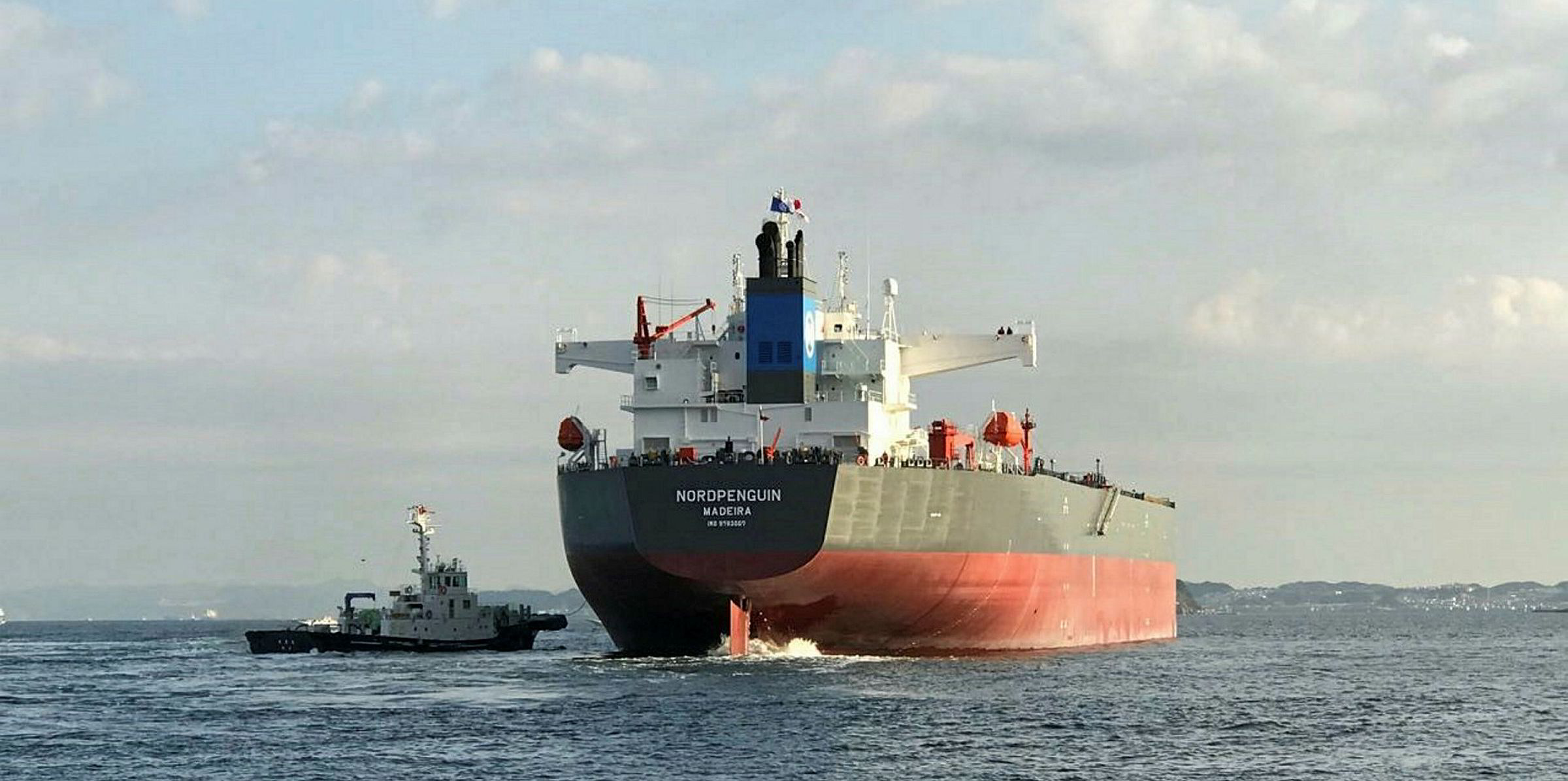VLCC rates are sliding on the main routes amid limited trading this week, with many shipowners and charterers taking a wait-and-see approach before major oil players meet later this week.
Tanker International data showed Mangalore Refinery and Petrochemicals Tuesday afternoon provisionally booked the 316,400-dwt Desh Vaibhav (built 2005) at Worldscale 174.4 for a voyage charter from the Middle East Gulf to the western coast of India, with a lifting date of 16 April.
Less than 24 hours ago, Bharat Oman Refineries fixed the 320,900-dwt Maran Aries (built 2005) on subjects for the same trade at WS 225, with the VLCC – which just completed drydocking – due to lift on 13 April.
TradeWinds has approached the two refineries for comment.
According to the Baltic Exchange, spot VLCC earnings on the benchmark MEG-China trade were assessed at $125,638 per day on Tuesday, down from Monday’s level of $166,639 per day.
Uncertain outlook
Fixture activity has been slow this week as most in the shipping market prefer to wait for more cues from major oil producers and consumers.
With a limited number of cargoes, charterers are getting the upper hand during their rate negotiations with shipowners, according to brokers.
“Everyone is really waiting to see what happens with the Opec,” said a London-based analyst.
Faced with a collapse in oil consumption due to the coronavirus crisis, the oil cartel, Russia and nine other oil producers are having an emergency meeting via video conferencing on Thursday over a potential supply cut.
The group of producers – known as Opec+ – failed to form any consensus in their previous meeting in early March, leading to an oil price war that created floating storage demand and supported tanker earnings.
On Friday, energy ministers of G20 will have an online meeting to discuss measures that can stabilise the oil market.
“The G20 energy ministers will also act, alongside invited countries, and regional and international organisations, to alleviate the impact of the Covid-19 pandemic,” according to the group, whose members include Saudi Arabia, the US, Canada as well as major consumers like China, Japan and the South Korea.
Severe oversupply of oil
According to Upstream, Opec+ and other major producers are hoping to hammer out a supply cut of at least 10m bpd, which would mitigate oversupply to some extent.
But global oil inventories would increase by 15m bpd in the second quarter even with such a cut, the International Energy Agency executive director Fatih Birol told Reuters.
In the worse-case scenario for crude demand during the pandemic, Greek manager Signal Group estimated 440 VLCCs would be needed for oil storage.
In a conference call last week, tanker giant Euronav chief executive Hugo De Stoop expressed his confidence that tanker rates would remain supported.
“The land storages are being filled up very rapidly…this is a matter of weeks and not months,” De Stoop said.
“Cutting 10 million barrels is nowhere near enough to rebalance the market between supply and demand.”






